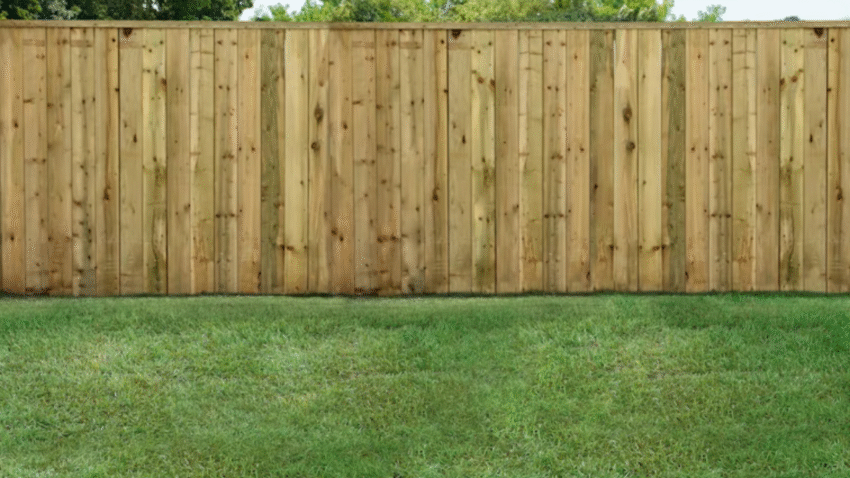Introduction
Are you tired of accidentally scalping grass, damaging tree trunks, or chewing up your flower beds when you mow? Learning how to mow around trees and flower beds properly can keep your lawn healthy and your landscape looking crisp and neat. This guide will show you step-by-step how to mow around obstacles safely while maintaining a lush, green lawn.
Why Mowing Around Trees and Flower Beds Matters for a Healthy Lawn
Mowing around trees and flower beds is about more than just appearances. Proper mowing protects delicate tree roots, prevents soil compaction, and keeps your turf growing evenly. When you use the right mowing techniques near trees and garden edges, you avoid bark damage, reduce the risk of weed invasion, and encourage strong turf that can outcompete unwanted plants. A well-mowed lawn with tidy borders adds to your yard’s curb appeal, boosts property value, and saves you hours of extra yard work down the road.
Step-by-Step Guide to Mowing Around Trees and Flower Beds
1. Prep the Area
Before mowing, inspect the area around your trees and flower beds. Pick up sticks, stones, and other debris that could damage your mower blade or get thrown around your yard. For flower beds, remove any stray grass or weeds that could tangle your mower.
2. Define Edges with a String Trimmer
Use a string trimmer or edger to create a clear boundary between your lawn and the flower bed. This not only gives you a guide while mowing but also prevents grass from creeping into your garden spaces. Be careful not to cut too deeply into the soil as this can damage grass roots.
3. Install Mow Strips or Mulch Rings (Optional)
If you have multiple trees or flower beds, consider adding mulch rings around trees or installing mow strips (brick, stone, or metal edging) around garden beds. This creates a physical barrier that makes mowing easier and protects tree bark and flower roots from accidental damage.
4. Mow the Open Lawn First
Always mow the large, open areas first using your normal mowing pattern. This helps you manage clippings and avoid dragging grass into your beds later.
5. Use a Push Mower or Trim Near Obstacles
When you reach trees and flower beds, switch to a push mower if you use a riding mower for your main lawn. Push mowers offer better control and maneuverability around tight spots.
6. Mow in a Circular Pattern
Mow around trees by circling the trunk at a safe distance. Avoid bumping the tree with your mower, as repeated contact can injure the bark and stress the tree. Maintain an even speed and overlap your passes slightly for a uniform cut.
7. Be Mindful of Exposed Roots
Raise the mower height slightly around trees with exposed surface roots. Scalping roots with the mower can damage both the tree and your blade. Leave at least 2-3 inches of turf to cushion the roots.
8. Use a Trimmer for Tight Spots
Finish by using a string trimmer to tidy up any grass the mower couldn’t reach. Hold the trimmer horizontally and avoid digging into the soil to protect roots and flower bed edges.
Common Mistakes to Avoid
Mistake 1: Mowing Too Close to Tree Trunks
Solution: Always keep a safe distance from the trunk. Use mulch rings to create a buffer zone that reduces the chance of bark damage.
Mistake 2: Scalping Around Roots
Solution: Never cut grass too short near exposed roots. Adjust your mower height and trim gently by hand if needed.
Mistake 3: Running Over Flower Bed Edges
Solution: Use clear edging and mow strips to guide your mower. Slow down when approaching beds to maintain control.
Mistake 4: Ignoring Debris
Solution: Pick up sticks, pinecones, and stones beforehand. Hitting debris can dull blades and create uneven cuts.
Mistake 5: Skipping Trimming
Solution: Mowing alone can’t reach every blade of grass near obstacles. Always follow up with a trimmer for a polished look.
Extra Lawn Care Tips & Hacks
✅ Mulch Wisely: Add a 2–3 inch layer of mulch around trees to retain moisture, suppress weeds, and provide a clear mowing boundary.
✅ Keep Blades Sharp: Sharp mower blades make clean cuts, which is especially important when mowing near delicate tree bark and flower beds.
✅ Switch Directions: Change your mowing pattern each time you mow to avoid soil compaction and turf wear around trees.
💡 Related read: Don’t miss our guide on [how to edge your lawn like a pro] for a sharp, manicured look.
Conclusion
With the right approach, mowing around trees and flower beds doesn’t have to be stressful or damaging to your landscape. By prepping your yard, mowing carefully, and adding protective features like mulch rings and mow strips, you’ll keep your trees healthy, your flower beds intact, and your lawn looking its absolute best.
Bookmark this guide to keep your mowing routine smooth and your yard beautiful season after season!
